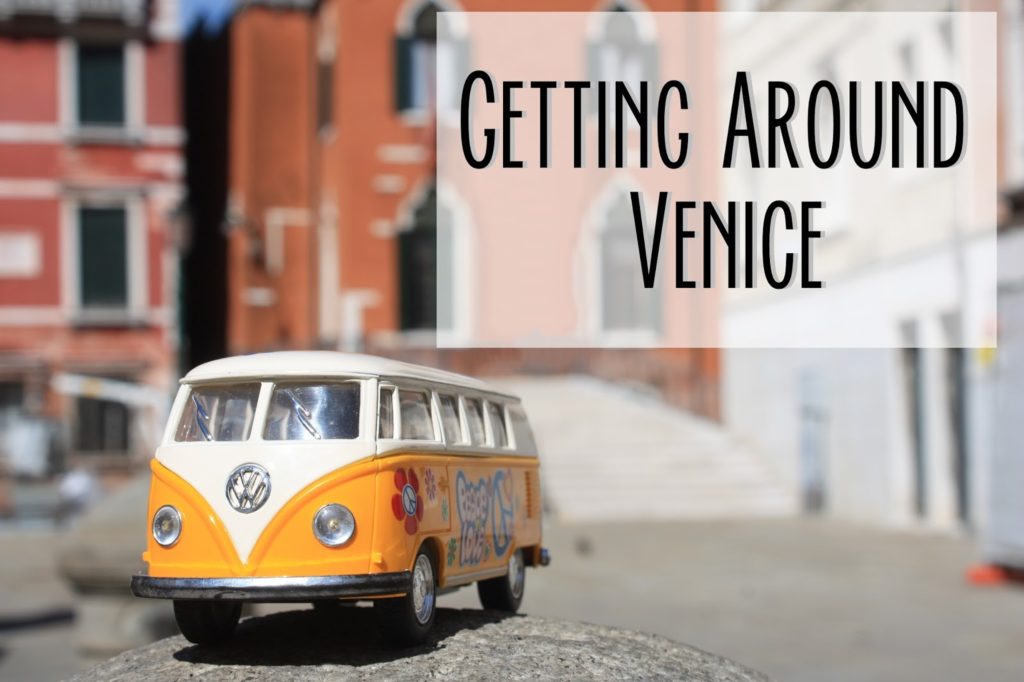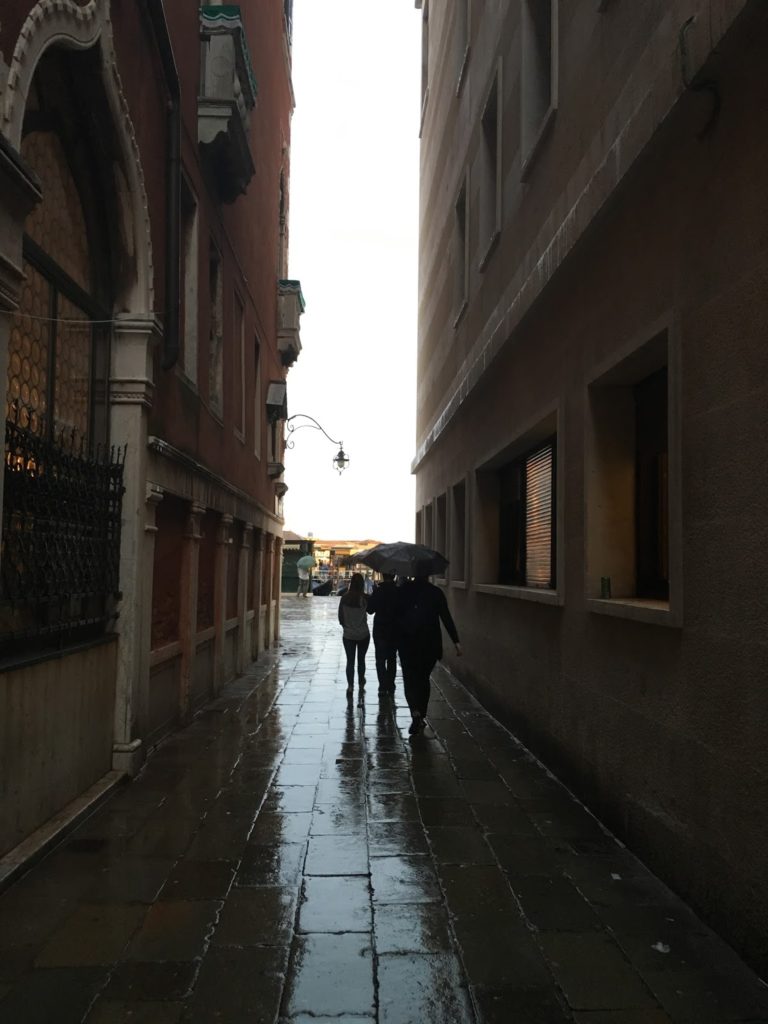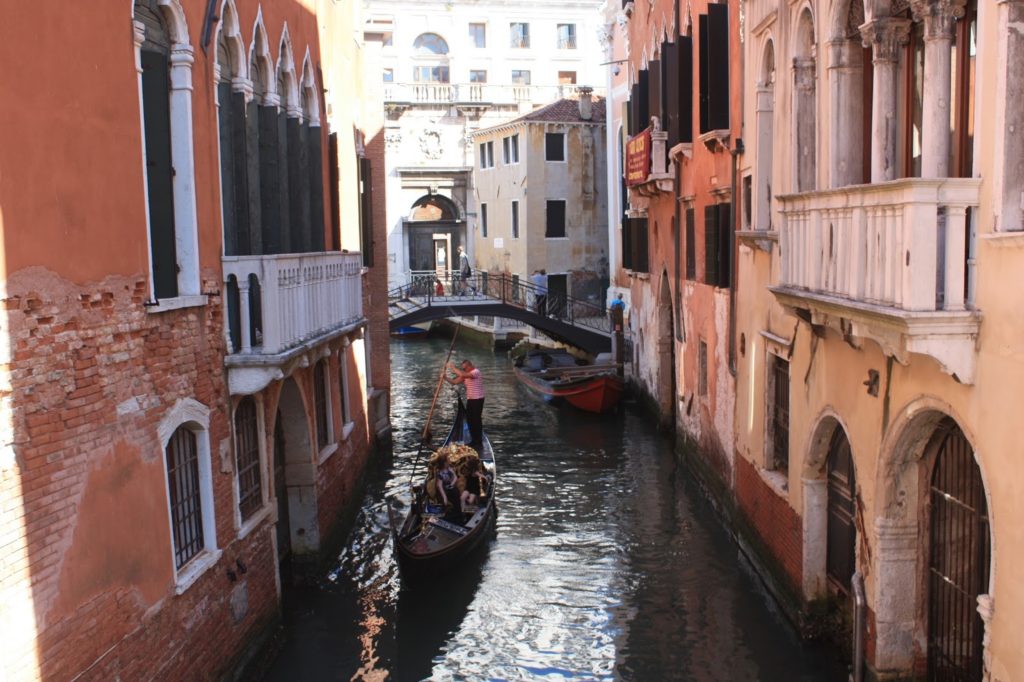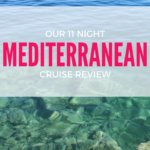Venice is a crowded, ancient city built in a lagoon on top of hundreds of individual islands. It is this very nature that makes Venice one of the most charming places on the planet and probably why you want to go there in the first place. However this unique history also causes it to be a difficult city to navigate. This guide will help you to avoid frustration as you visit this incredibly amazing location.

Embrace Getting Lost:

Getting lost is easy in Venice because it has two types of streets: canals which will only help you if you are a boat, and alleys that cross the canals via hundreds of bridges. Because you are not a boat you will mostly get around Venice on foot, and you will love it. A few tips though are to carry as little as possible, because you will be going up and down a lot of bridges, and be aware that the main alleys can get extremely crowded during busy times, so watch for pick pockets.
Watch for Yellow Signs:
As you walk around Venice you will go down many different alleys and through an enormous number of squares. You will likely have some famous place you are trying to get to, such as San Marco Square. The key to getting there is to watch when you come to crossroads or through a square for the yellow signs posted on the walls above alleys. These will have arrows directing you down certain alleys to certain places. They key is to keep looking for these signs. For example if you follow a sign pointing to the Rialto Bridge down one alley, the next time you come to a square you need to look for the next sign pointing to the Rialto Bridge. Following this pattern will eventually get you to the place you are looking for.
Use Vaporetti (Water buses):

There are a couple things to consider before taking a vaporetto. The first is whether you can figure out how to get there on a vaporetto. The lines are confusing, especially when you first arrive and don’t know much about the city. Maps can be found posted at each vaporetto stop or can be purchased from the info station near the railway station for €3. Its a rather steep price for a rather bad map, Venice is one big tourist trap, so be prepared for it.
The second thing to know is that if you take the number 1 or the number 2 bus which are the main lines down the Grand Canal you likely could have walked to your destination faster. The benefit of taking the water bus is that you don’t have to walk. The drawback is that travel on the Grand Canal is not fast, especially when making a lot of stops. On the plus side if you can get a spot standing on the deck you can see Venice in a completely different way than you do by walking.
The third thing to know is to make sure you get the right stop. There will normally be several stops right next to each other each one only receiving one or two of the routes, normally only in one direction. These stops will all have the same name (i.e. Ferrovia) but will be labeled with different letters (i.e. Ferrovia A, Ferrovia B, etc).
The fourth thing to know is that it is expensive to take the water buses. A ticket will cost you €7,50 and unless you are making a transfer right away you can assume that is a one way price. In the next section I will talk about getting a pass if you are going to ride the buses quite a bit.
One important note is that if you want to visit any of the outlying islands you will need to take a vaporetto or a private water taxi. Since we highly recommend you visit the islands of Murrano and Burrano this will entail at least one vaporetto trip.
Unica/Rolling Venice Pass:
When you buy a pass you can choose how many days you want it for. If you are over 29 years old be sure to plan your trip so that you only get the number of days you need. If possible try to group all your water bus trips on to a single day to save money. If you are under 29 years old you qualify to get a special youth pass with the purchase of an add on called Rolling Venice. This special youth pass will be good for 3 days and will cost you only €22. The Rolling Venice costs €6 itself but this is by far the best deal. I know that is confusing, for some reason they can’t seem to make it easy.
Note that online it will say that this “youth pass” won’t get you to the airport, that is only true for airport direct shuttles. The pass will work fine on the public bus (#5) that runs to the airport.
The passes are made out of somewhat heavy paper which have a proximity chip inside them for tapping on to the water busses. Be sure the keep them in a safe place, preferably a theft resistant bag, and keep them dry.
Gondolas:
Gondolas are very cool to watch on the canals, they also happen to be very expensive. If you ride in a gondola it is not to get from one place to another but rather to experience the gondola ride. We did not do one because of how expensive it is, but if you are wondering it is €80 during the day and €100 during the evening. You can take up to 6 people with you, so if your group is large enough you can lower the price per person quite a bit.




